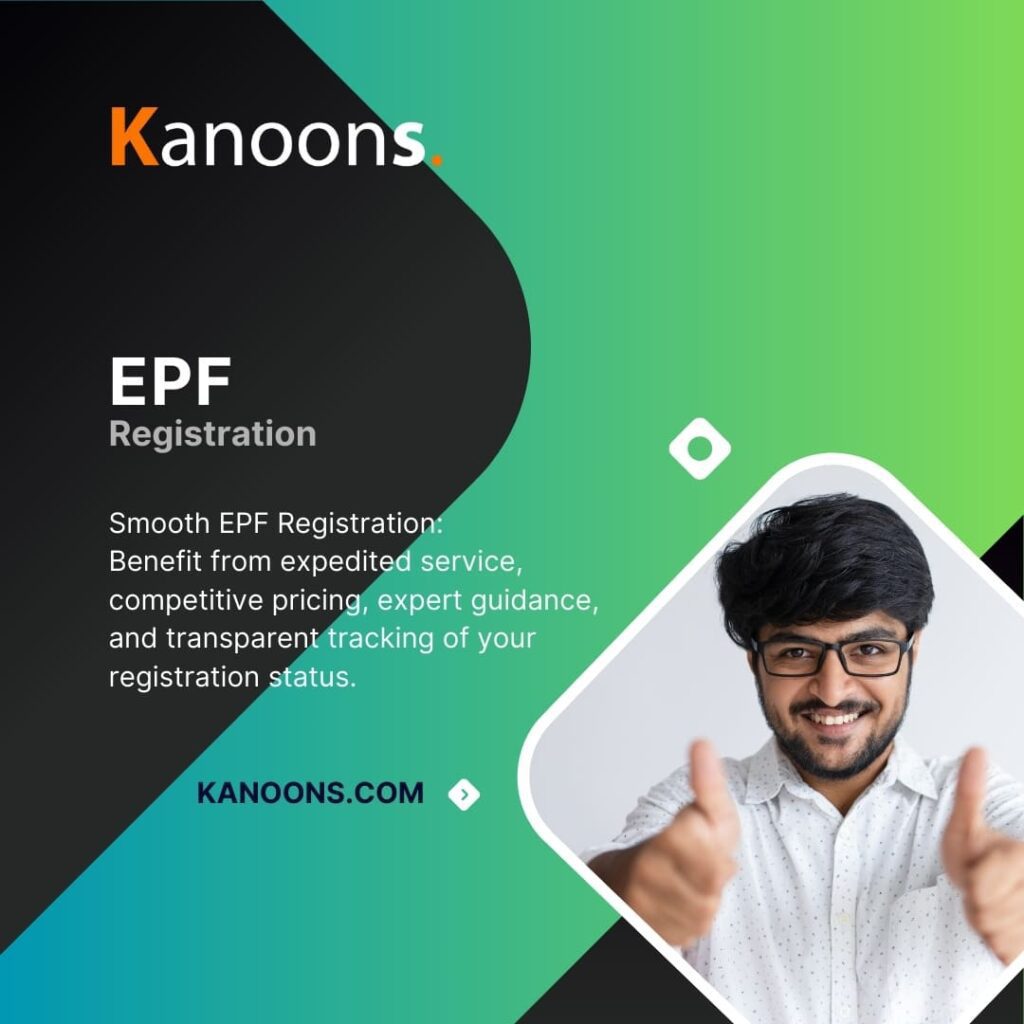
PAN of the Company/ Proprietor/ Partnership
Certificate of Incorporation or Business Registration Proof
GST Registration (if applicable)
Address proof of the business
Employee details with salaries and joining dates
Digital Signature of the employer
Terms & Conditions
Eligibility
Applicable to all employers with 20+ employees or voluntary applicants.Timelines
Registration usually completed within 3–5 working days from document submission.Accuracy
All employee and salary details must be accurately submitted to avoid compliance issues.Government Portal Dependency
Processing depends on EPFO portal response times.Refund Policy
No refunds once registration is filed; correction support is available.Data Security
All shared documents are kept confidential and secured as per our privacy policy.
PF Registration
Ensure employee welfare with Provident Fund compliance under EPFO. Mandatory for businesses with 20+ employees.
EPFO Registration is required for employers under the Employees’ Provident Funds and Miscellaneous Provisions Act, 1952, once they hire 20 or more employees. Through this registration, both employers and employees contribute to the Employees’ Provident Fund (EPF), which serves as a long-term retirement and security benefit for the workforce.
Once registered, the employer must deduct, deposit, and file EPF returns regularly. At Kanoons, we provide complete support for EPFO registration, UAN generation, and monthly compliance.
Why Choose EPFO Registration? (Advantages & Disadvantages)
Advantages:
- Social security for employees
- Tax benefits under 80C for employees
- Employer branding and talent retention
- Compliance with labor laws
- Easy claim and withdrawal process for employees
Disadvantages:
- Monthly compliance burden
- Penalties on delayed contributions
- Inflexibility in contribution percentage
- Regular employee record maintenance needed
Who Should Register an EPFO?
- Businesses with 20 or more employees (compulsory)
- Voluntary registration for employers with fewer than 20 employees
- Organizations in manufacturing, services, education, or other sectors
- Startups hiring full-time staff on payroll
- Employers who wish to offer PF as an employee welfare benefit.
Documents Required for EPFO Registration
- PAN of the Company /Proprietor /Partnership
- Certificate of Incorporation or Business Registration Proof
- GST Registration (if applicable)
- Address proof of the business
- Employee details with salaries and joining dates
- Digital Signature of the employer
EPFO Registration Process (Step-by-Step)
- Consultation – Assess eligibility and gather business information Document
- Collection – Collect PAN, GST, employee list, etc.
- Application Filing – File EPFO registration online
- PF Code Generation – Receive employer PF code
- Post-Registration Setup – UAN generation, ECR filing setup, and compliance calendar
Kanoons ensures a hassle-free, 100% online EPFO registration process!
What’s Included in Our EPFO Registration Package?
- Employer Registration with EPFO
- PF Establishment Code
- Employee UAN Generation Guidance
- Compliance Calendar for Monthly Filing
- Advisory on Wage Structure and Benefits
Post-Incorporation Compliances for Public Limited
✔ Deduct 12% PF from employees’ wages and contribute employer’s 12%
✔
Monthly filing of Electronic Challan-cum-Return (ECR)
✔
Generation and management of UAN (Universal Account Number)
✔
Maintain PF records and employee-wise ledger
✔
File annual returns and update EPFO records as needed
Why Kanoons?
🌟 Quick online EPFO registration
🌟
Complete documentation and portal setup
🌟
UAN generation and linking assistance
🌟
ECR filing and payment reminders
🌟
Support with inspections and notices
Failure to meet EPFO obligations can result in severe consequences:
- Delay in PF payment attracts interest @12% per annum
- Penalty up to ₹25,000 or imprisonment for willful default
- Inspection and legal action by EPFO authorities
- Disqualification from tenders and government projects
- Loss of trust and employee dissatisfaction
Proprietorship
₹2,499.00 – ₹7,499.00Price range: ₹2,499.00 through ₹7,499.00
Barcode Registration
₹59,999.00 – ₹99,999.00Price range: ₹59,999.00 through ₹99,999.00
GSTR-10 Returns
₹10,000.00 Original price was: ₹10,000.00.₹4,999.00Current price is: ₹4,999.00.
Society Registration
₹7,999.00 – ₹24,999.00Price range: ₹7,999.00 through ₹24,999.00
Limited Liability Partnership
₹2,000.00 – ₹29,999.00Price range: ₹2,000.00 through ₹29,999.00
Valuable insights to change your startup idea
FAQ
EPFO's Frequently Asked Question
Is EPFO registration mandatory for all companies?
What is the contribution rate for PF?
Can I register for EPFO voluntarily if I have less than 20 employees?
What is UAN and who generates it?
Is there any benefit for employers in registering under EPFO?
What happens if I fail to deposit PF on time?
Get Started Today!
Register Your EPFO Now & Get Legal Compliance Support!
Limited-Time Offer
Get Your EPFO Registered at ₹4,999!
Take the first step towards building a legally recognized and protected business. With Kanoons, experience a hassle-free, fully online EPFO Registration backed by expert legal and compliance support.
© 2025 Copyright. All Rights Reserved by Kanoons
Kanoons.com is owned and operated by Kanoons Law and Tax Consultants Private Limited, a registered consultancy providing services in the areas of advisory, documentation, business registration, taxation, compliance management, and intellectual property filings across India.
Kanoons is not a law firm or accounting firm, and does not offer legal representation, statutory audits, attestation, or certification services. All specialised professional work is coordinated through authorised and independently qualified professionals, in accordance with applicable Indian laws.
All content on this website is intended for general informational purposes only and should not be interpreted as legal, financial, or tax advice. Use of this website or communication through it does not create any attorney–client, accountant–client, or other professional relationship with the company. Users are encouraged to seek independent professional advice before making any decisions based on content or services provided herein.
Your access to and use of this website are subject to our Terms & Conditions, Privacy Policy, Refund and Returns Policy and Disclaimer By continuing to browse or interact with the site, you acknowledge and agree to these terms.
We are committed to safeguarding user information and follow applicable data protection laws, including the Information Technology Act, 2000, and rules thereunder.
The wordmark “Kanoons®”, its logo, and all related brand assets are the exclusive intellectual property of Kanoons Law and Tax Consultants Private Limited. Any unauthorised use, imitation, or reproduction is strictly prohibited and may lead to civil or criminal action.
For queries, service coordination, or support, please contact:
support[at]kanoons[dot]com | +91 90000 13560 / 90


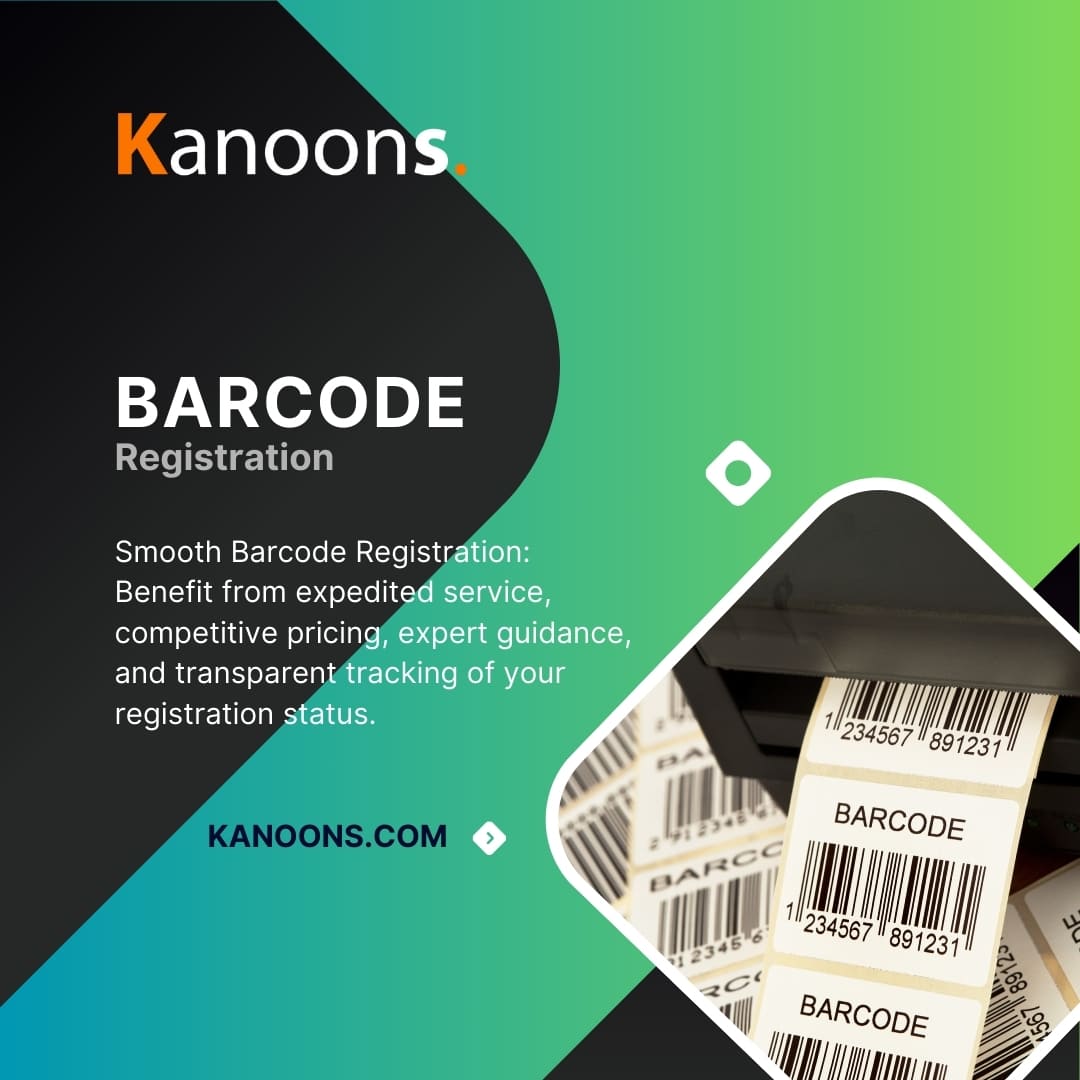
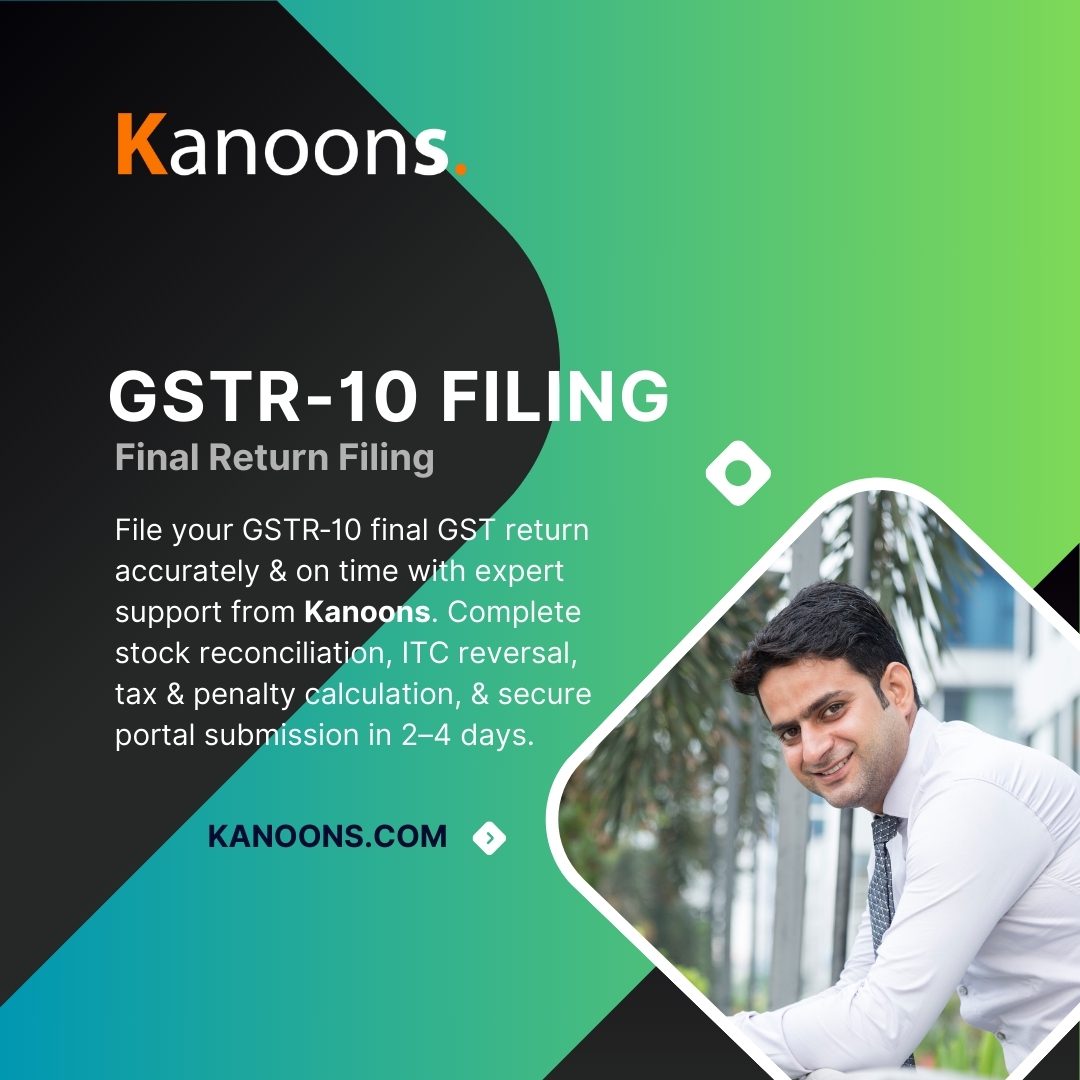
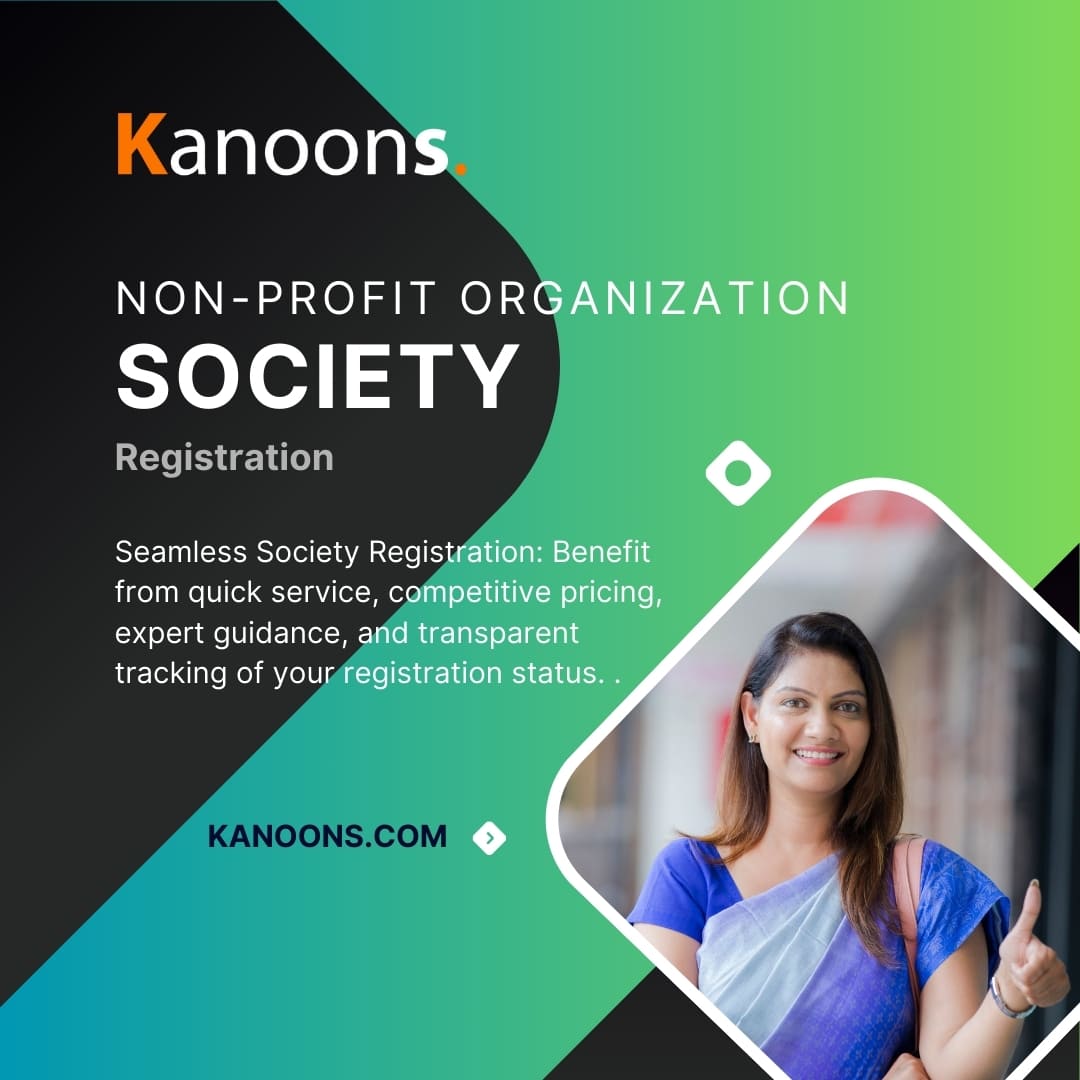




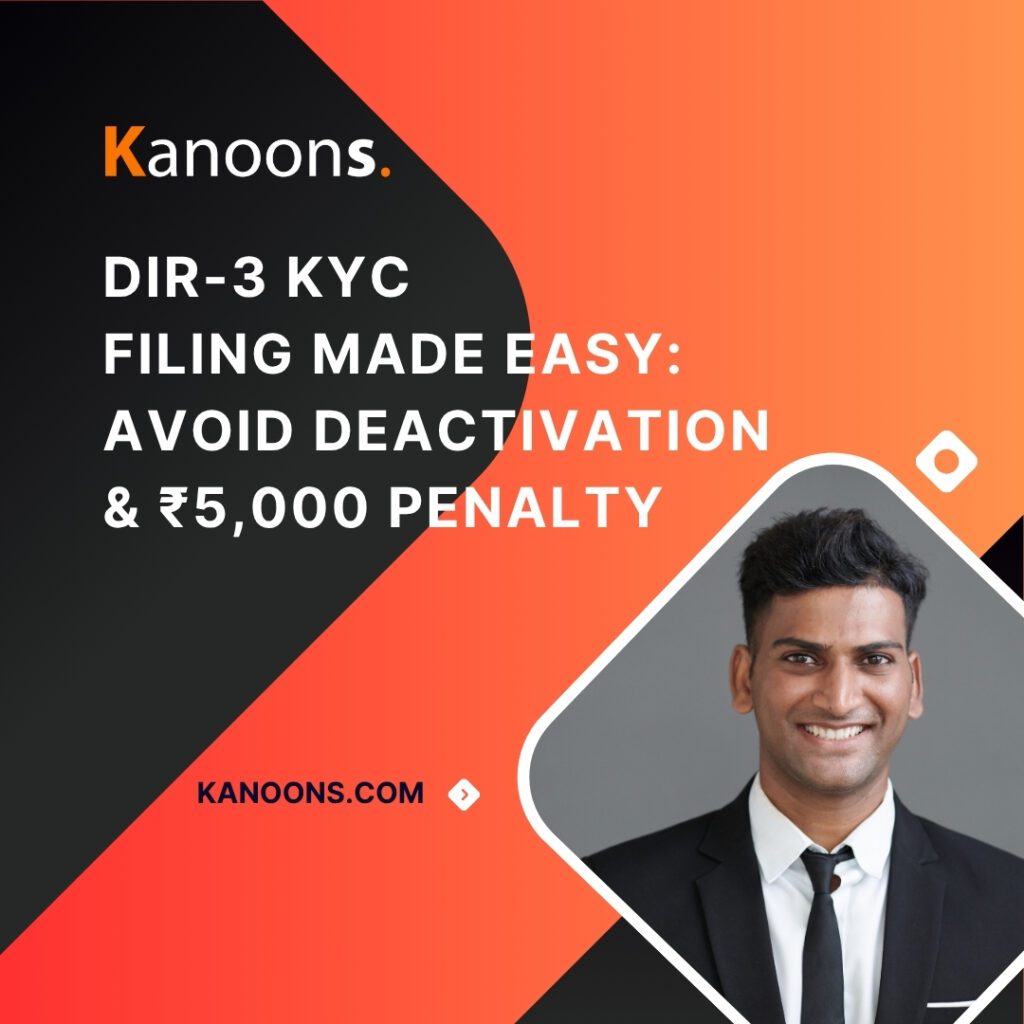




"Kanoons got our EPFO registration and UAN setup done within 3 days. Very professional."
Rachna S. HR Manager